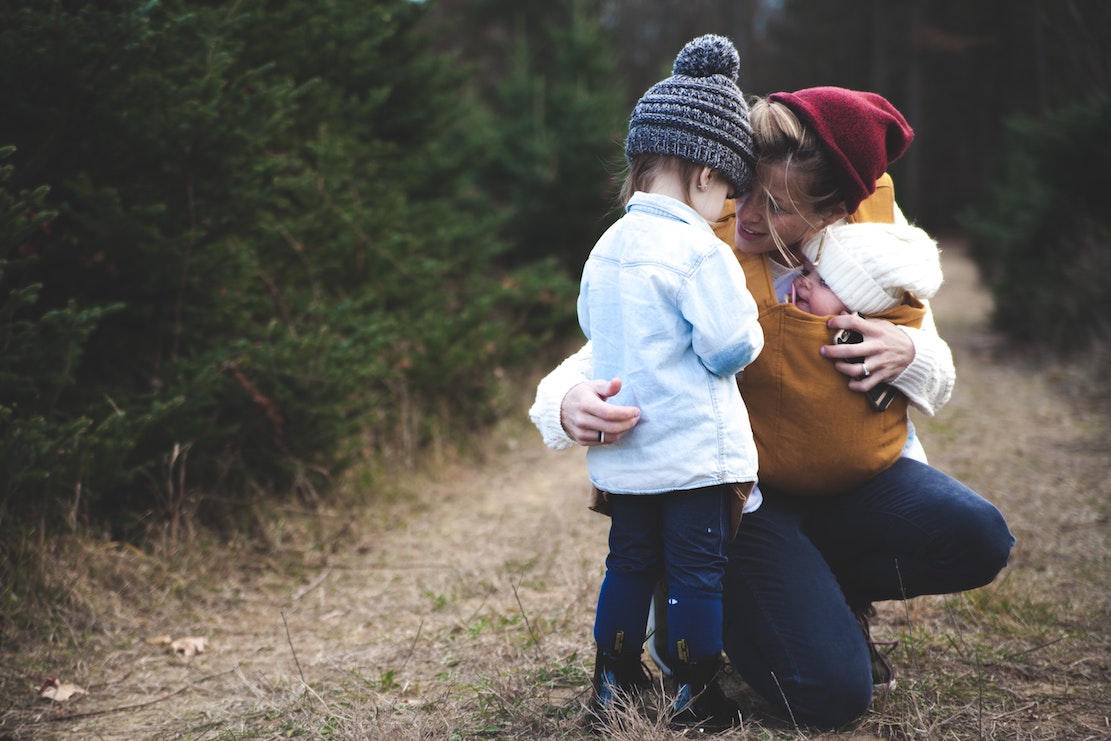Children naturally have big and strong emotions.
This can lead to what we, as parents, may see as “misbehaviors.”
Some common misbehavior examples and the feeling underneath it:
Some Helpful Responses:
ONE: Help your child to recognize their feeling, acknowledge the feeling and know that it is OK to have those feelings.
TWO: Discipline the behavior if needed NOT the feeling.
Clarify that although the feeling is OK, the behavior that resulted is not. Be clear that the specific consequence is for the behavior, not the feeling. Expand on the scenario above by saying, “Everyone feels anger and it is OK to be angry, but it is not OK to throw your toys. You are on time-out for throwing your toys.”
THREE: Build coping skills to regulate and communicate feelings
Offer them or model a suggested alternative behavior such as taking deep breaths, counting to ten, physical activities such as running or hitting a pillow, or even yelling into a pillow.
Praise them when they use the coping skills, practice the coping skills with them, and praise them whenever they use feeling words in their communication with you.
Remember that children are constantly growing, learning and evolving.
Just as they need to learn their abc’s in school in order to read and write, they need to learn how to understand their feelings before they can learn to respond to them more positively.
We as parents are their to help teach them what to do with their feelings.
When your child is “misbehaving,” it usually just means that they need some extra help understanding their emotions and learning what to do with them.
**Written by Chelsea Derossi, M.A., MFT, ATR, Child and Adolescent Specialist at One Heart Counseling Center**


June 1, 2018
Thanks for sharing! I am forwarding this to my husband.
September 6, 2018
[…] you’re able to look past your kids misbehavior or yelling and recognize the reasons for their outburst or behavior, it’s possible that this is what your child needs in that […]